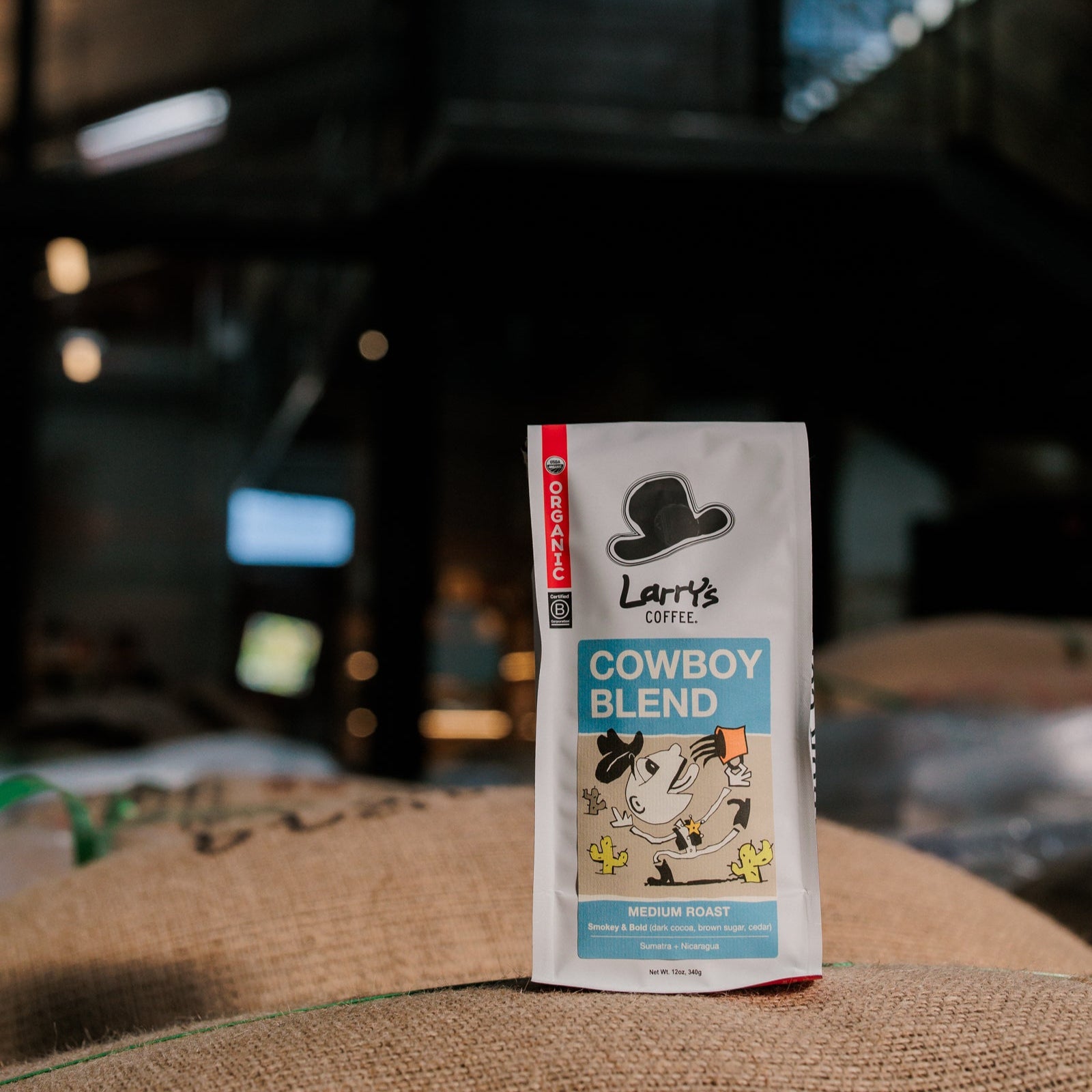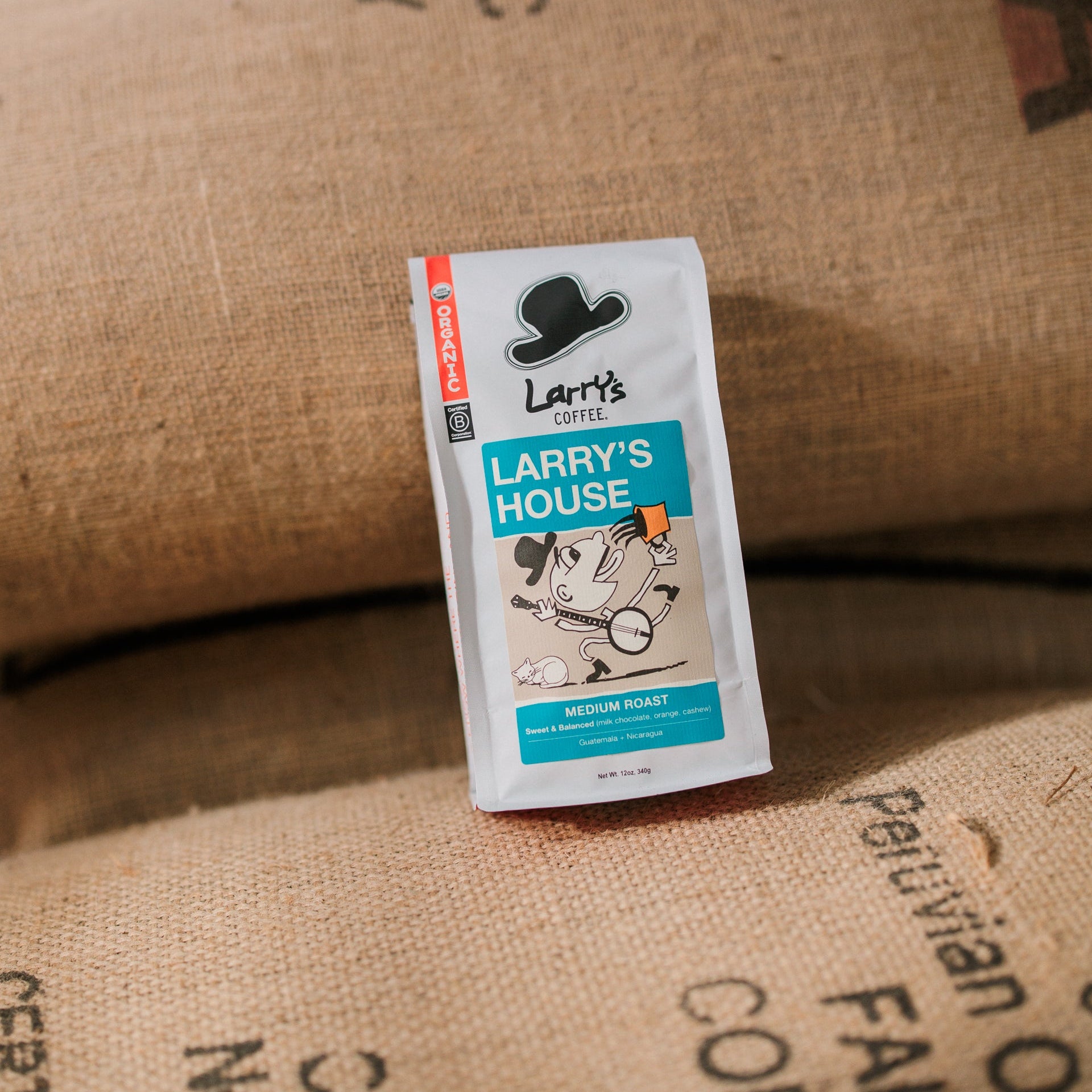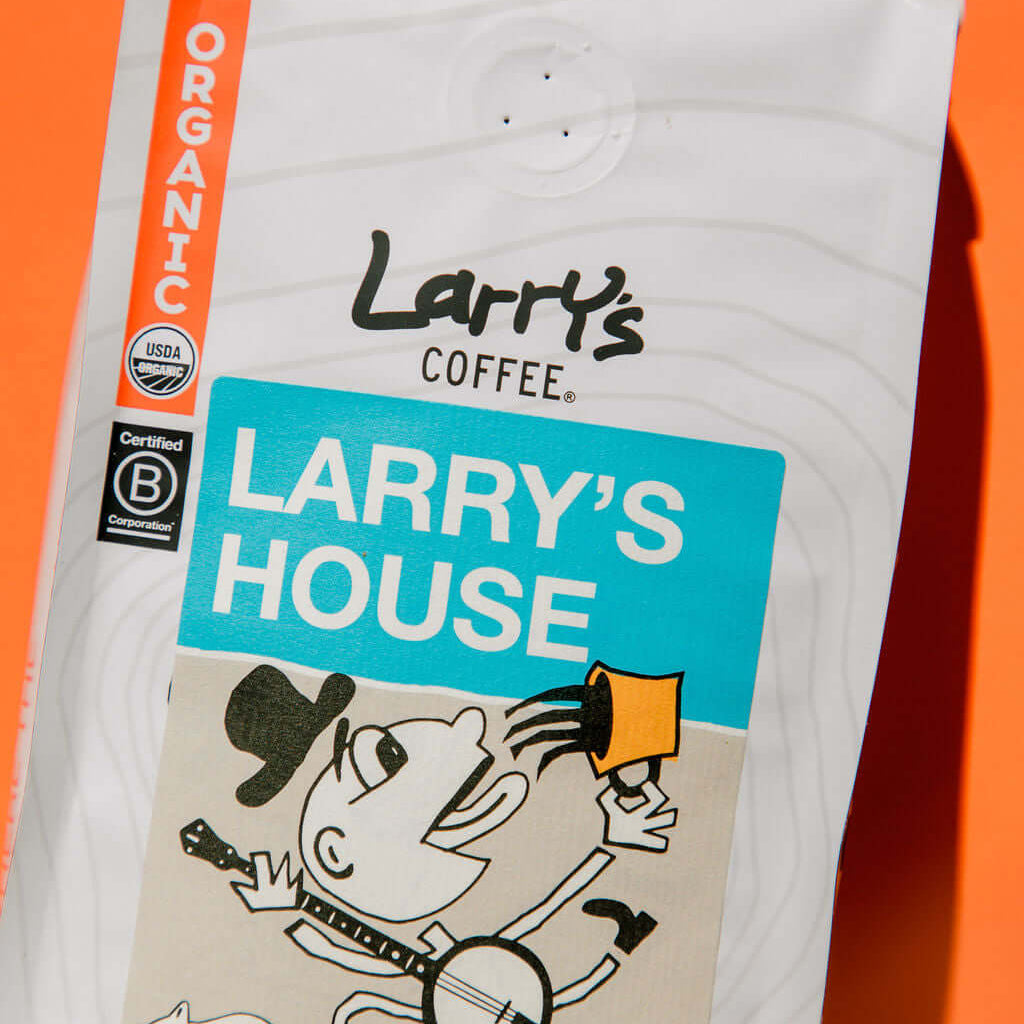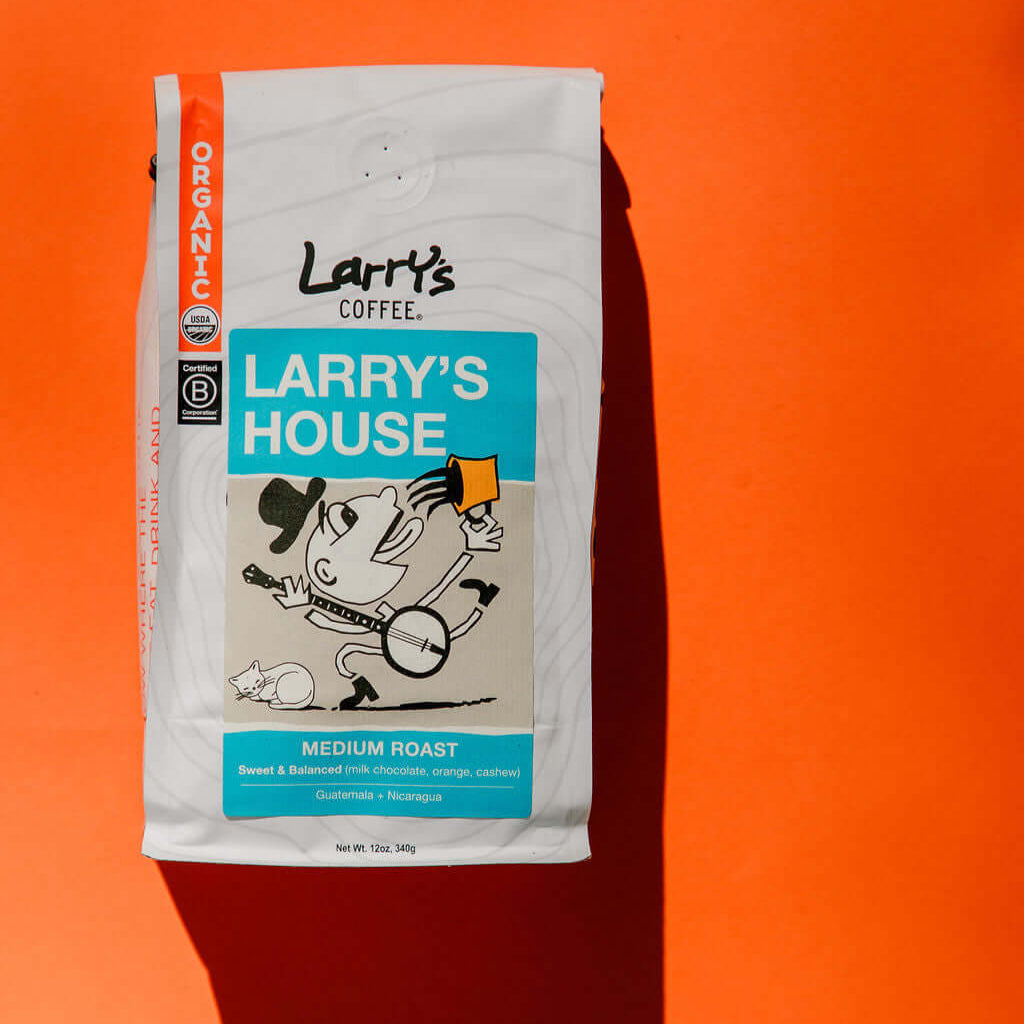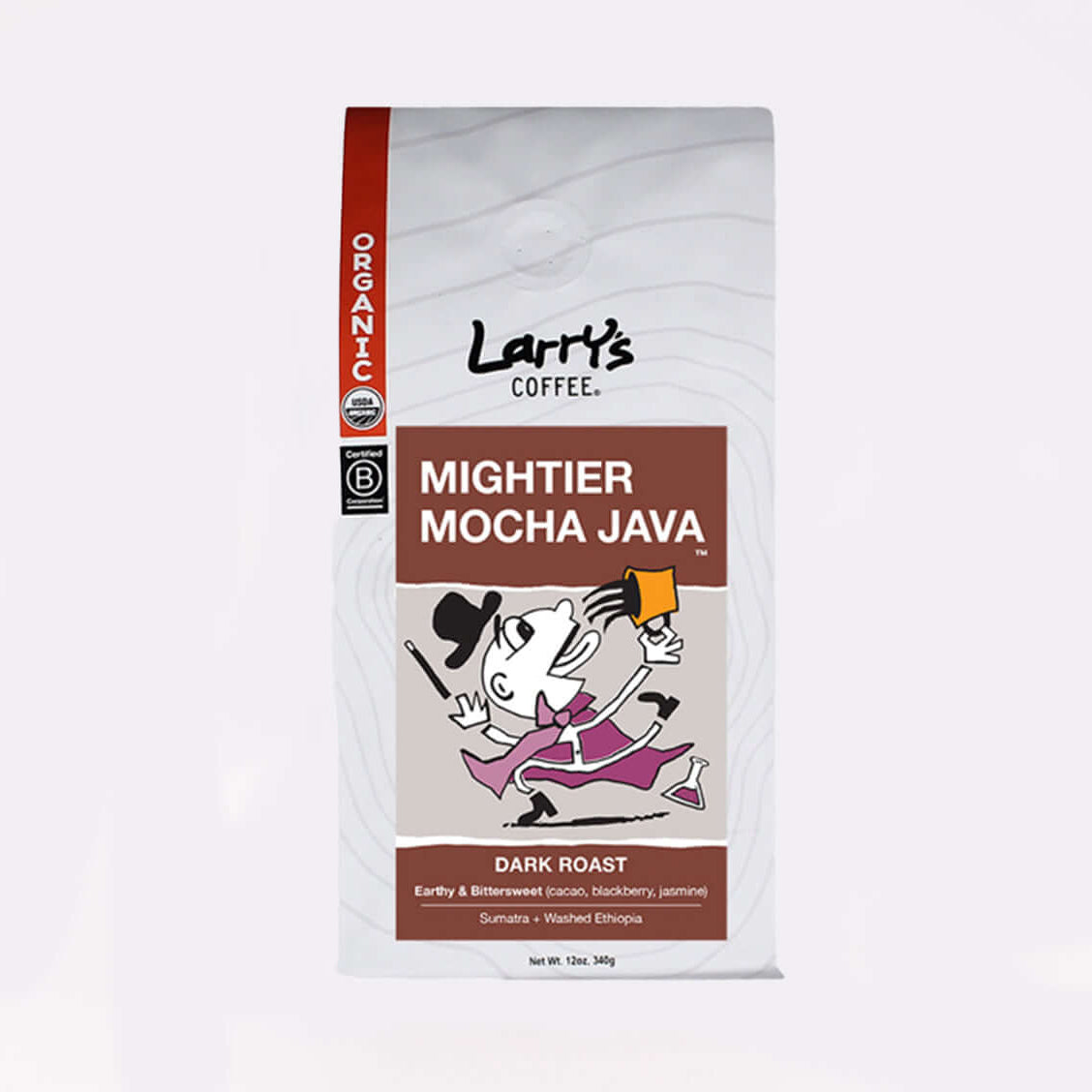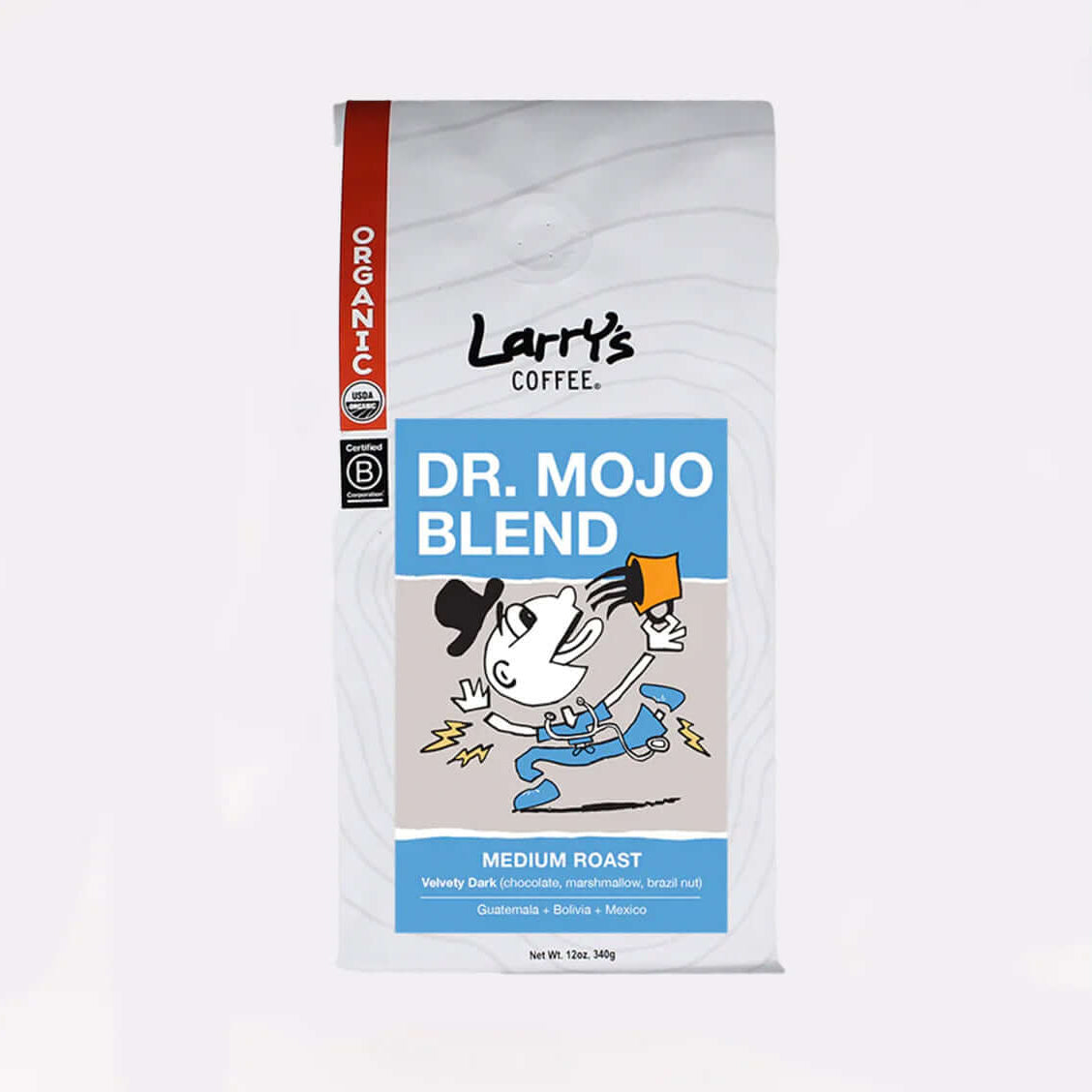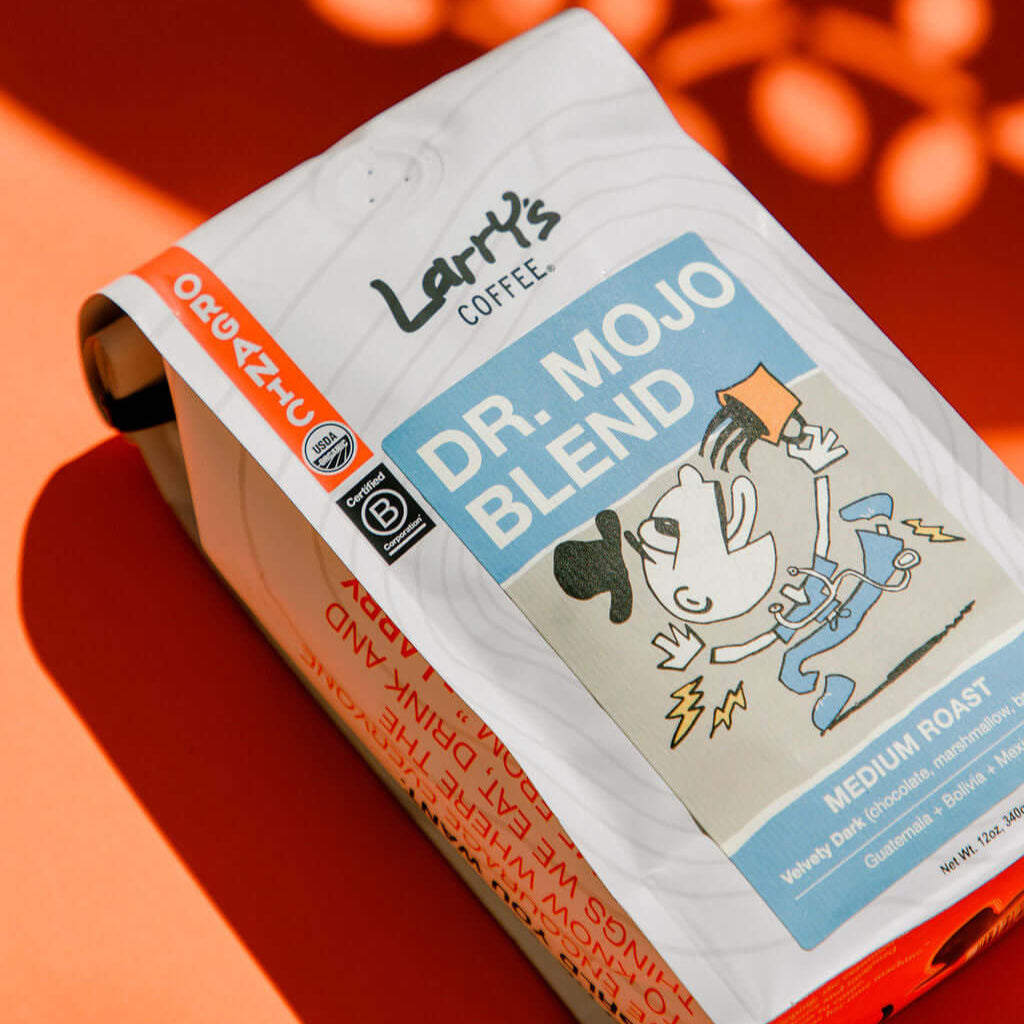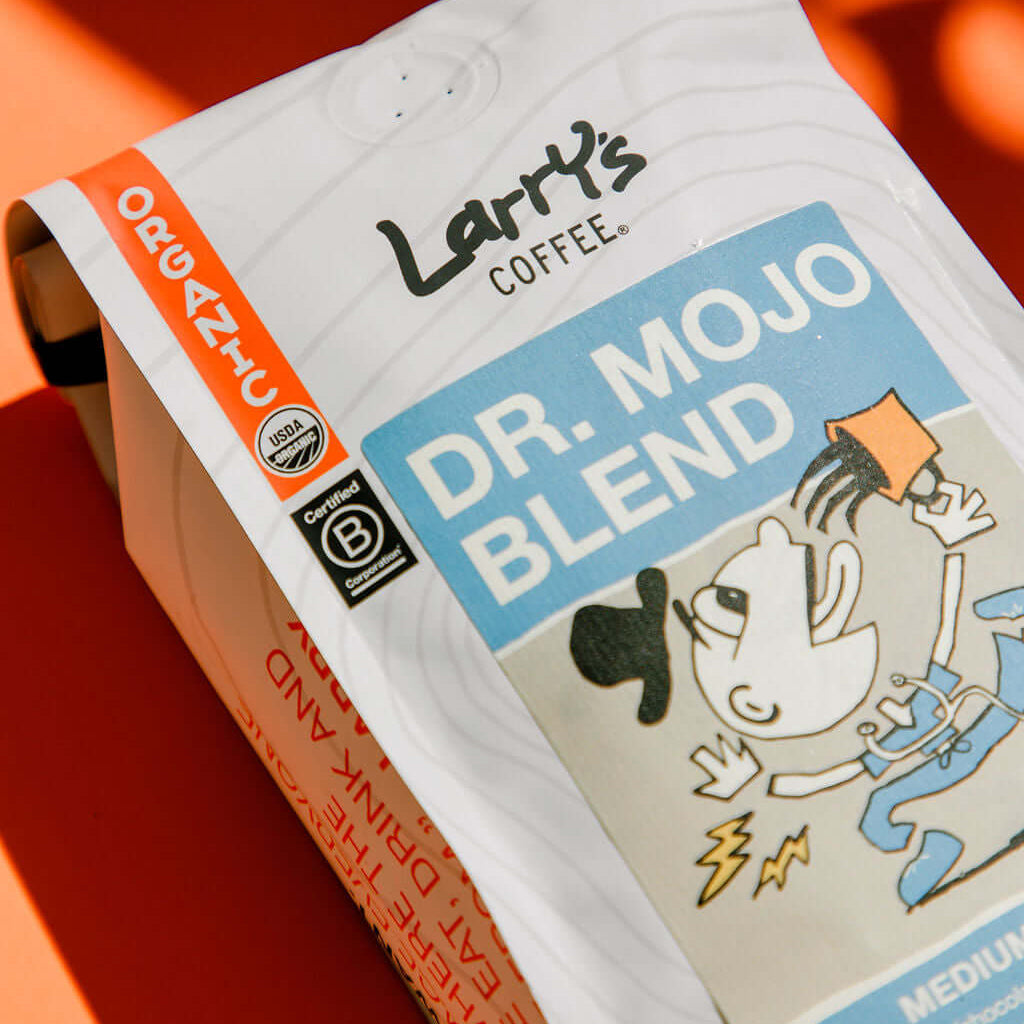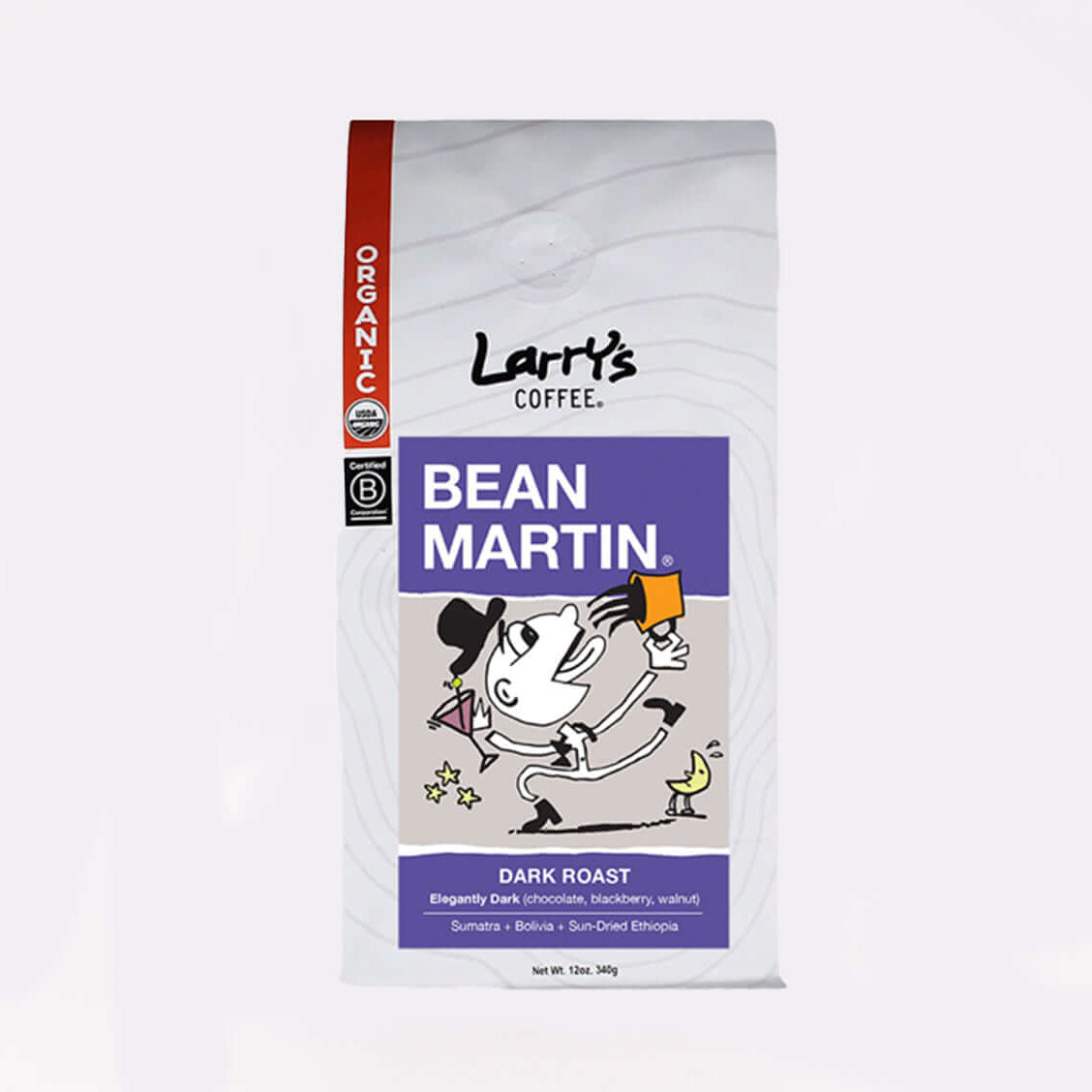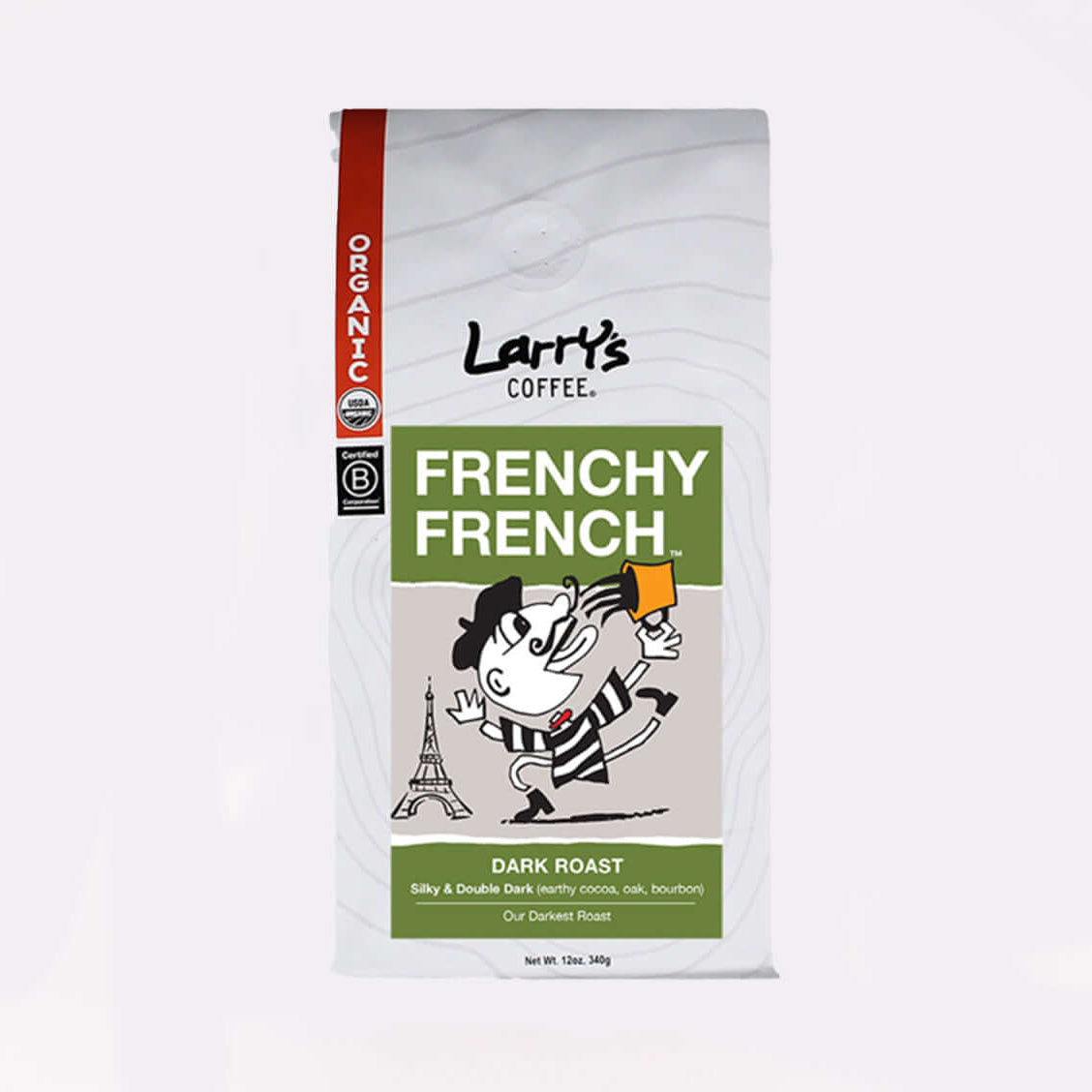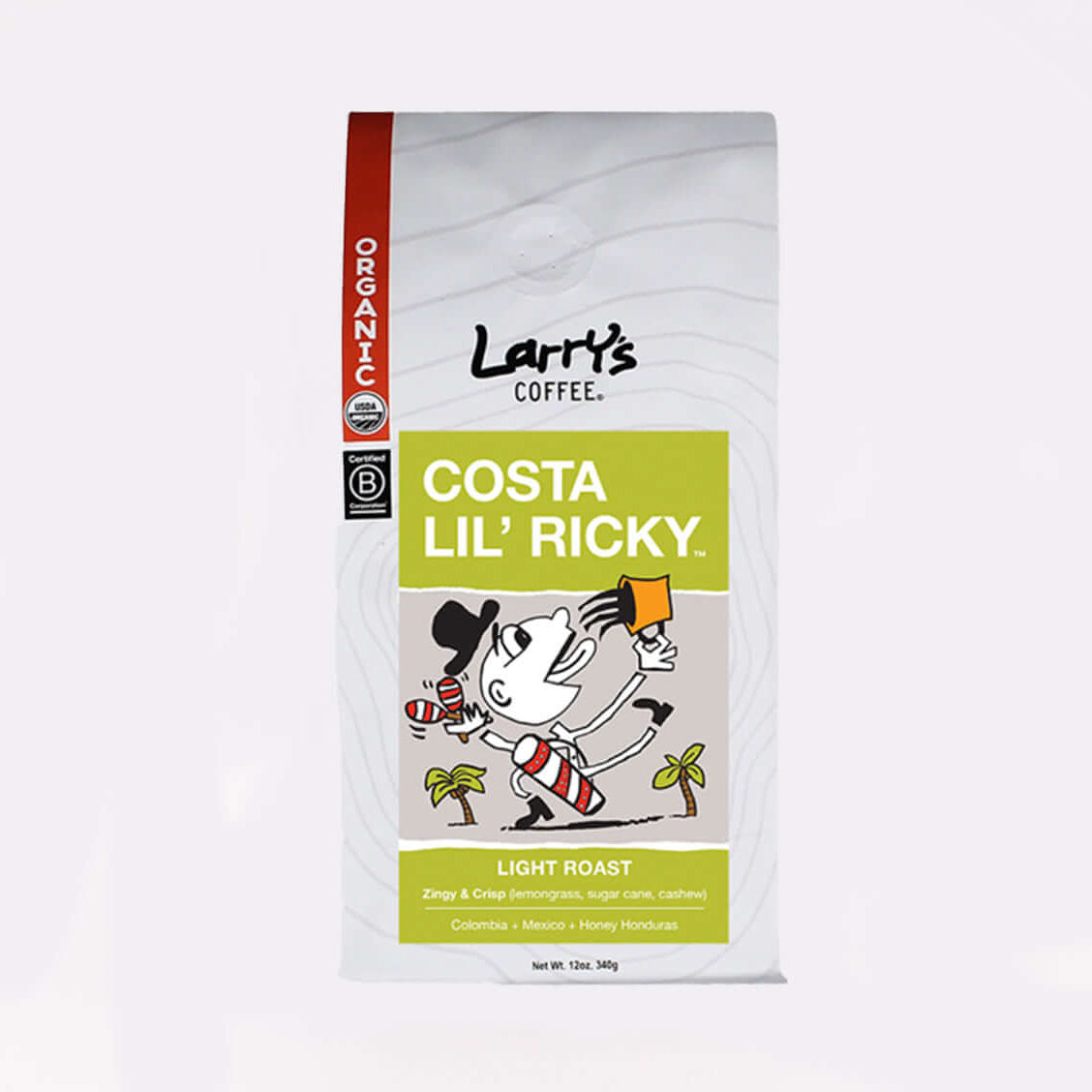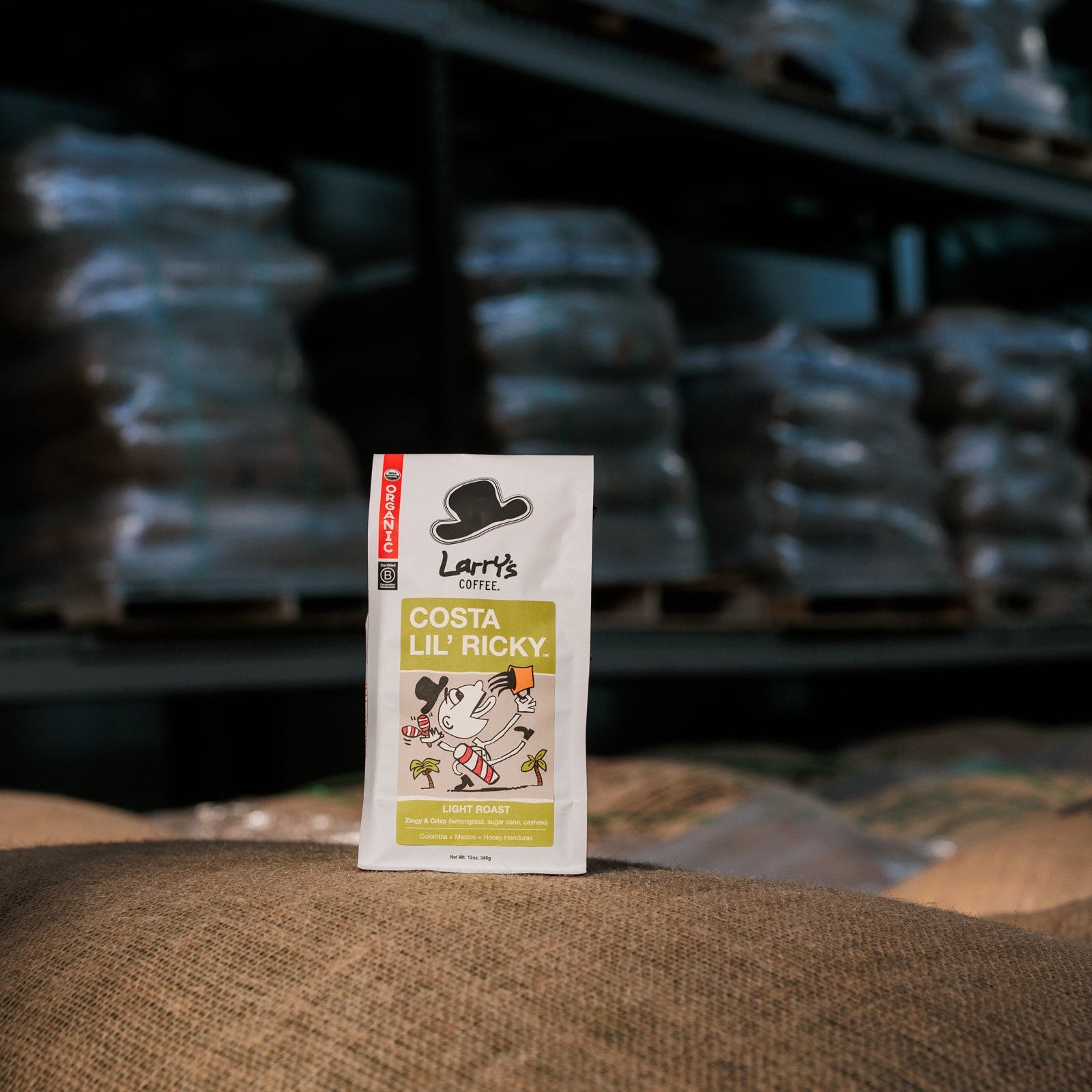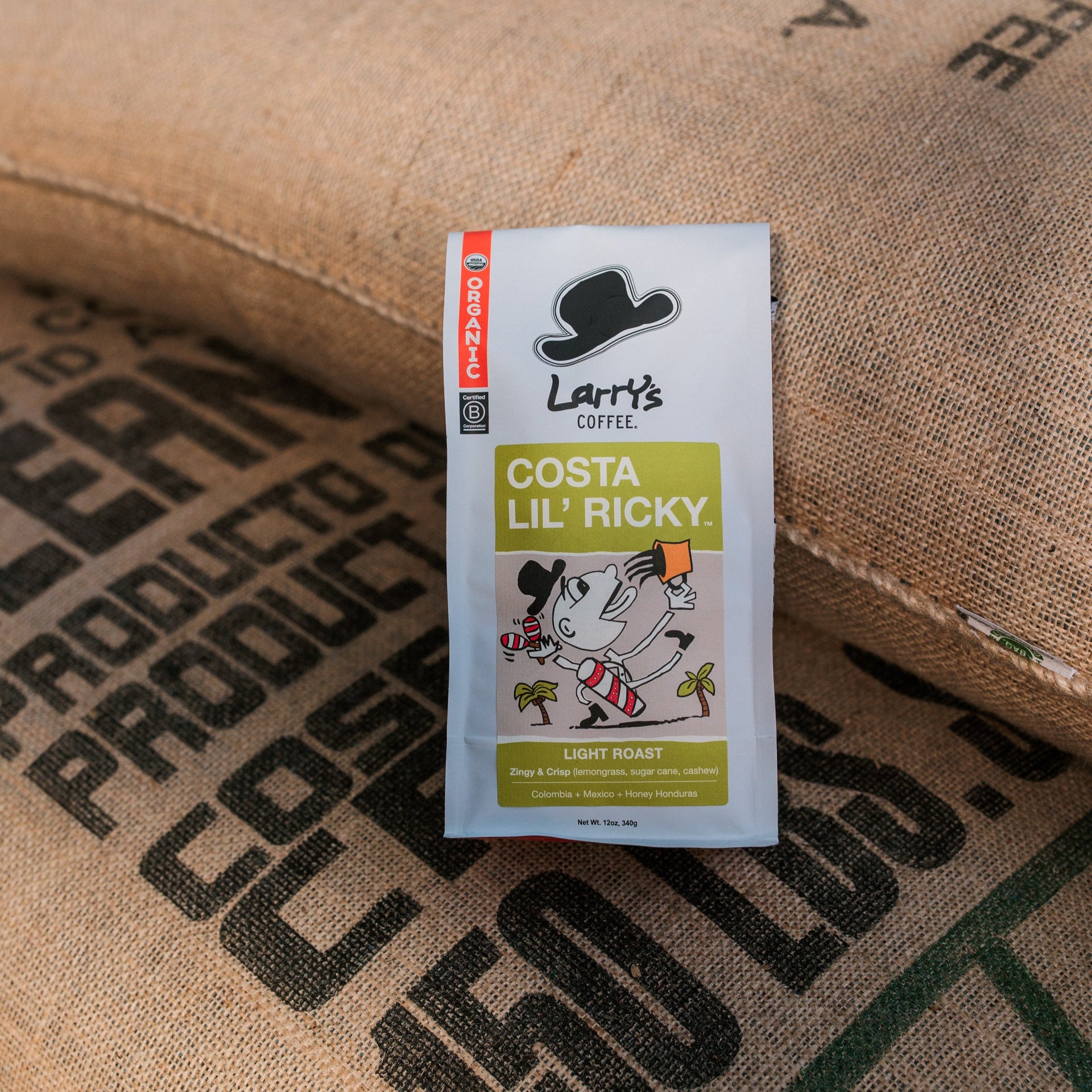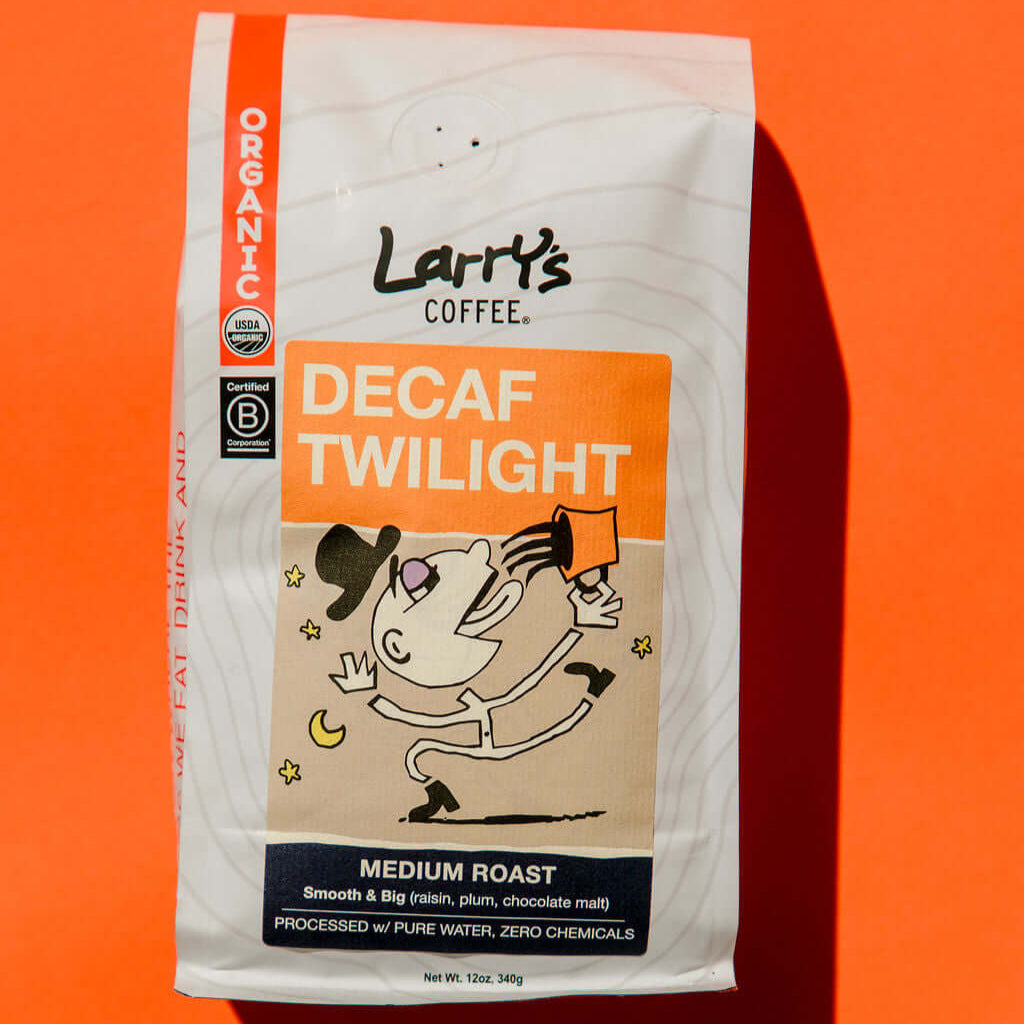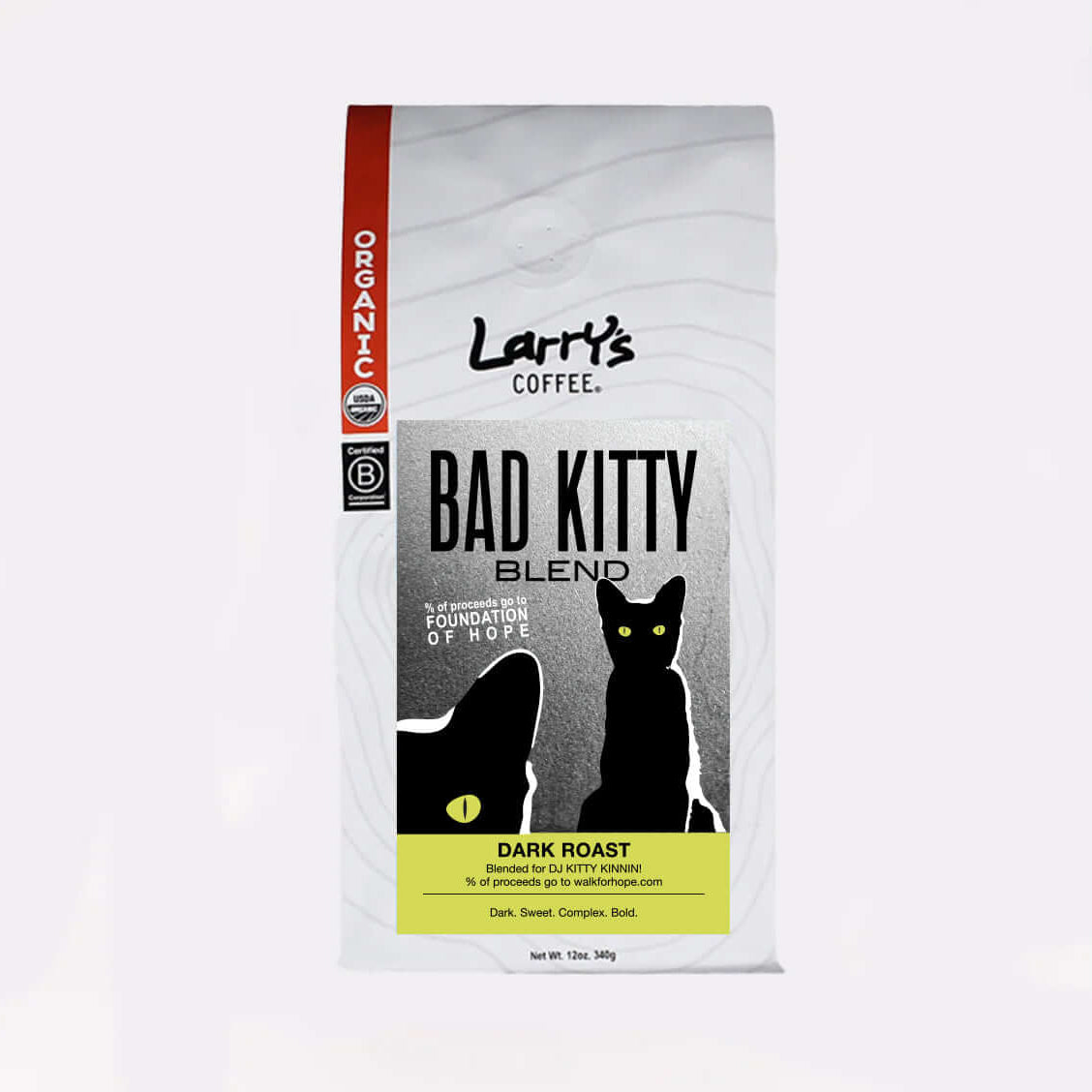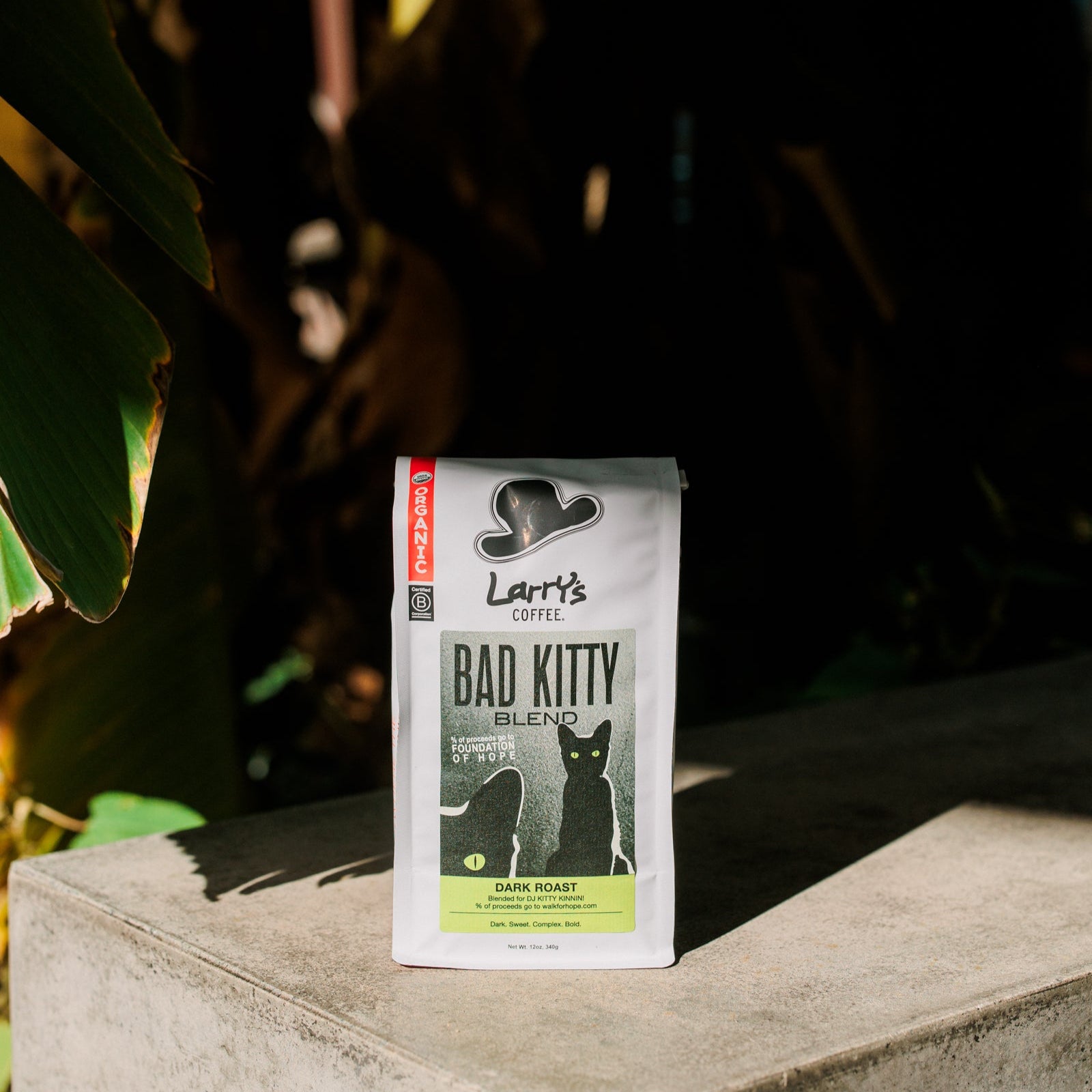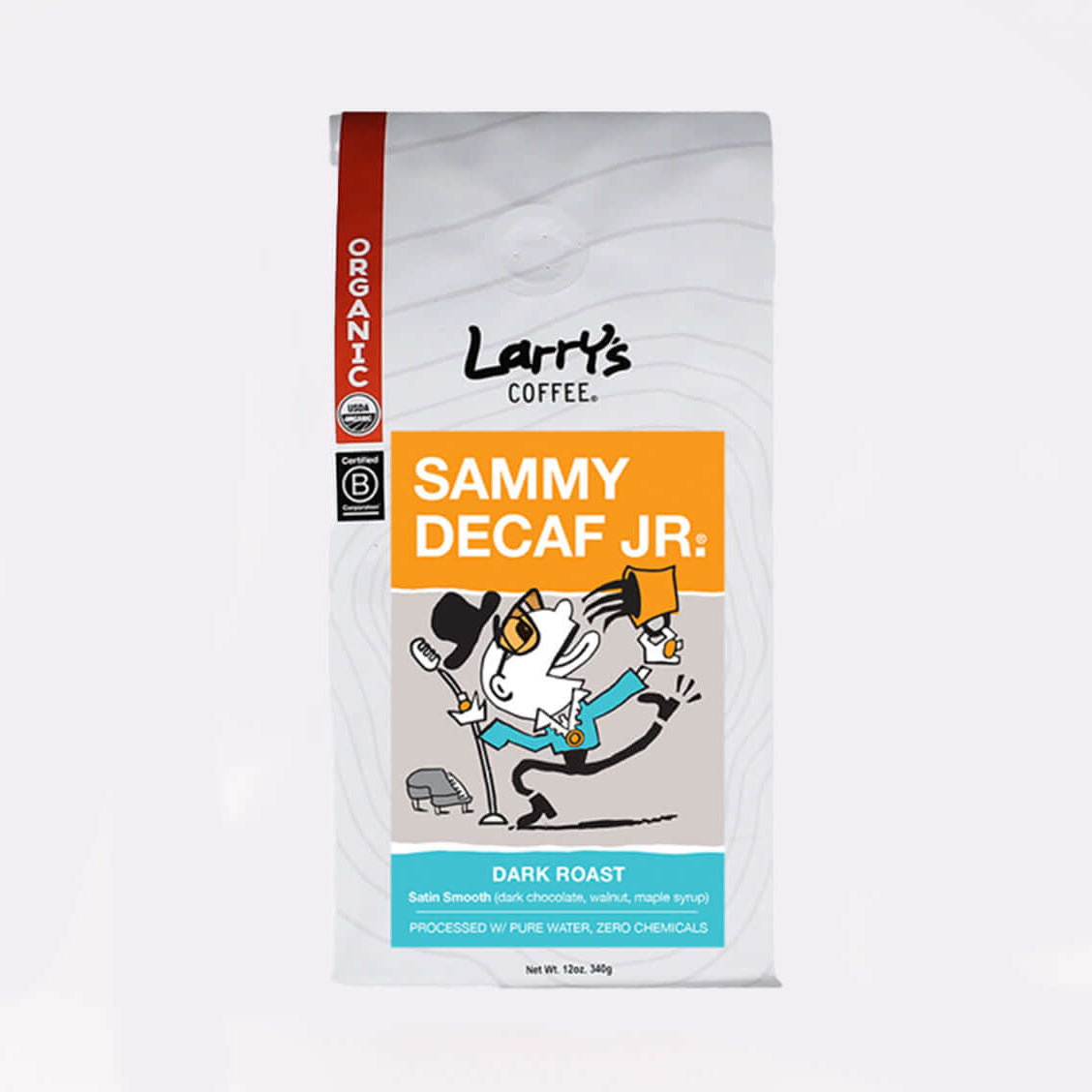Why Coffee Grind Size Matters
What's the difference between a cup of rich, roasty coffee and a mug of sour dish water-like brew? It could be the size of your coffee grounds. Coffee can be ground all the way from extra fine to extra coarse and this is more than just personal preference. The size of your grind will determine the best way for you to get your brew done.
In this post we will look at the best way to grind coffee based on the brewing method you want to use. We will also look at the science behind why coffee grind size matters and other coffee brewing tips.
How Does Coffee Grind Size Affect My Coffee?
Coffee is affected by how quickly water can extract flavor compounds from your grounds and by the duration of the brewing. Coarser, larger coffee grounds have less surface area than those that are finely ground. They allow water to flow more freely and they do not give up their flavor as quickly.
Finer grounds, in contrast, have greater surface area and slow the flow of water similar to how water flows through sand much more slowly than over large rocks. When water flows more slowly, it has more sustained contact with the coffee grounds. More contact and slower flow means extraction happens more quickly. This is why we choose faster brewing methods for finer grounds. If we allow brewing to continue for too long after extraction, our brew will become bitter.
Another way to think of this is as if the brewing liquid is digesting the coffee grounds. When you eat larger, coarser pieces of food like almonds, you will take longer to both chew and digest them compared to something like ice cream which is smooth. Both of these foods are great as long as you eat them properly. The same goes for your coffee grounds. All grind types have their perfect brew method.
Best Types of Ground Coffee for Different Brew Methods
Extra Coarse Grind
The coarsest grind of coffee requires the longest brewing methods to extract flavor. Cold brew, which can take several days, is the most common use of this grind. However, it can also be used for Larry's Cowboy Blend. This rustic method involves pouring boiling water over coffee grounds and waiting for them to sink to the bottom before carefully pouring out a cup.
Coarse Grind
Coarse grind is popular as it is commonly used in French press coffee. Not only is this longer brewing time perfect to help extraction, but the larger grinds will also not slip through the mesh strainer used in this method.
Medium-Coarse
Coarse and medium-coarse can sometimes be interchangeable for certain brew methods. Medium-coarse can, for instance, be used for French press. However, you may need to be more mindful of any grounds that slip through the metal mesh. Drip coffee and Percolator method also use this type of grind.
Medium
Your single-cup brewers typically use this grind along with most pour-over brewers. Syphon coffee makers and Aeropress brewers that require 3+ minutes of brewing time also use medium grind.
Medium-Fine
Again, you can often use medium and medium-fine interchangeably. This grind is also good for Aeropress but the brew time should be reduced to 2 minutes.
Fine
Aeropress with 1-minute brew time along with standard home espresso machines and stove-top (Moka pot) espresso machines use a fine grind.
Extra Fine
While extra fine is sometimes used for espresso, its best use is with Turkish coffee. This unique brewing method involves heating the flour-like grounds with water until they create a homogeneous mixture.
What Happens When You Use the Wrong Coffee Grind Size?
We know coarse grinds are best for long brewing methods and fine grinds are better for shorter brewing methods, but what happens when you mix them up?
Over-Extraction
When you use a fine grind in a longer brewing process, such as a French press, you will get over-extraction. This means that the brewing water has been allowed to extract too much flavor which will produce a bitter brew devoid of real coffee goodness.
How to Correct Bitter Coffee:
While it might not be possible to fully save your ruined cup o’ joe (cream and sweeteners can only do so much) this time, you can take measures to avoid making the mistake again. If you still have fine grounds leftover, try a different, shorter brewing method.
Under-Extraction
This usually occurs when you use a coarse ground coffee in a fast brewing method. The resulting brew will be sour and will look closer to dirty dish water than the rich, mahogany cup you were aiming for.
How to Correct Sour Coffee:
You may be able to revive your ruined pot by adding a stronger batch of coffee, but this is often just throwing good coffee after bad. Instead, plan to use a slower brewing method with your coarse grounds next time.
More Quick Tips for the Perfect Pour at Home
Now that we've discussed the best coffee grind size for your purpose, here are a few other quick tips to ensure your morning cup is all that it can be.
Tip 1. Measure, don't pour
It can be tempting to simply pour the grounds out into your chosen vessel but measuring by weight can make a huge difference in taste and consistency. Measuring by volume can muck up your recipe or, at least, make each batch taste slightly different or off from the others.
Tip 2. Use Filtered Water
Coffee is a strong flavor, but when brewed correctly only about 7-9% of your cup of joe is actual coffee. The rest is water. If your local tap water has any kind of off taste or hints of chlorine, this will affect the taste.
Tip 3. Use Fresh Coffee
One thing you can do is to consider grinding your own coffee rather than buying it pre-ground. Not only will you be able to control the grind size, but you will also get the richest flavor from freshly ground coffee. The freshness of the coffee beans themselves is an important factor too. Try ordering your whole bean coffee online from a trusted local roaster. To maintain the aroma of your coffee, keep the beans at room temperature, in an opaque and air-tight container.
If you want to get the freshest and most convenient cup of coffee at home, consider a coffee subscription like our Larry's Coffee Subscription. We offer premium, organic coffee that is good for you and the planet. Because we ship it out directly after it is roasted and ground, you get fresh bean goodness delivered right to your door every time. Choose your grind, quantity and delivery frequency and your coffee game is set. Learn more about how you can get the freshest beans in the perfect grind delivered right to your door.


